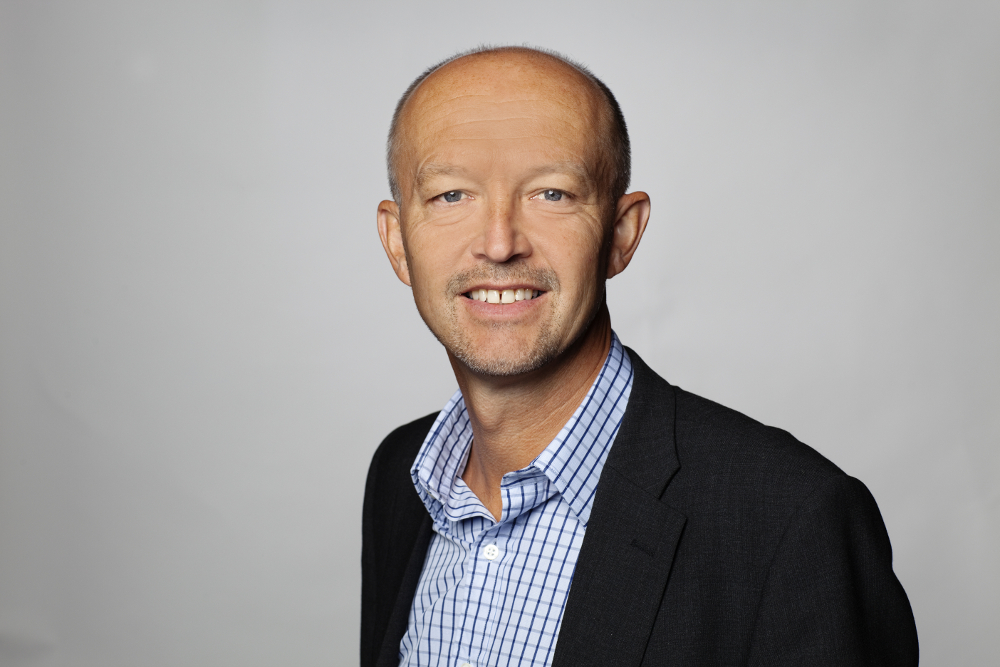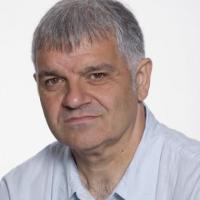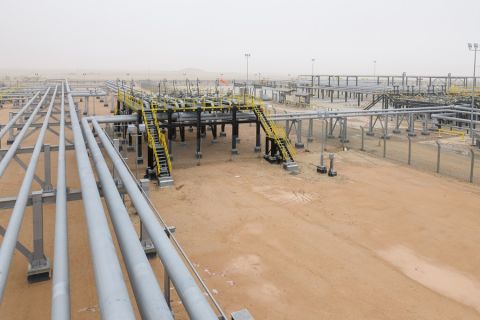
Equinor is operator of the Peregrino Field. (Source: Øyvind Hagen/Equinor)
With success in recent bidding rounds in Brazil, the region has become a vital area for Equinor. The Norwegian energy company is producing about 90,000 bbl/d from its current field; however, according to Tim Dodson, executive vice president of exploration for Equinor, new resources will allow that figure to rise to between 300,000 and 500,000 bbl/d by 2030. Reaching that target will require an investment of $15 billion over the next 12 years.
“I think the portfolio we have in Brazil now is the most exciting moment in my career as head of exploration with Equinor,” Dodson said.
Current production comes from the Peregrino Field, which Equinor operates. The second phase of that development is underway and is expected to come online in 2020. Equinor also has a 25% share in the giant Petrobras-operated Roncador Field along with presalt discoveries at Carcara and Pao de Acucar plus exploration acreage.

Forward-thinking strategy
“Our strong position is the result of our long-term thinking and hard work to identify the right prospects,” Dodson said, adding the company plans to drill up to five high-impact wells in the Campos and Santos basins in the next five years.
“We understand presalt. We have been working systematically with it since the first discovery was made back in 2006. Unfortunately, new presalt opportunities have not been available to the industry at large until last year,” he said. “But the time and effort we put in, both in Norway and Rio de Janeiro, have been time well invested. The work we have done there is second to none. We knew the opportunities would come, and we wanted to be fully prepared for that moment.”
These opportunities came in May 2017 when Brazilian President Michel Temer unveiled regulations that made it no longer mandatory for Petrobras to be the sole operator in Brazilian presalt exploration. This heralded bidding for the second, third and fourth shared-production rounds.
“We felt very comfortable when we were evaluating the likes of Carcara, and we felt very comfortable when the concession rounds came last year and this,” Dodson continued. “We were prepared, and of course being operator of the presalt discovery at Pao de Acucar in the Campos basin also helped a lot.”
Drill-ready prospects
Dodson is enthusiastic about the coming years, declaring that this is the best portfolio of drill-ready exploration prospects in the history of Equinor or at least since the very early days on the Norwegian shelf.
“We now have the portfolio of exploration opportunities in Brazil,” Dodson said. “Exploration is always uncertain, but presalt is proven many times over. It’s highly prolific, and we now have access to several of the most productive blocks.”
The Norwegian Continental Shelf has been one of the most prolific offshore basins on the planet but has recently surpassed the proven volumes so far in Campos and Santos basins. “There’s every indication that this trend will continue,” Dodson said. “For how long and for how much, I don’t know.”
As for the unexplored blocks, these five concession blocks are within and outside the presalt polygon. Dodson explained that they have billion-barrel potential, in some cases multibillion-barrel, and there are drill-ready prospects.
“They are very high-impact prospects,” he said. “Hopefully, most of these we will be able to test within the next year or two. That depends very much on our partners. In one of these Petrobras is the operator. Our plan is for testing and maturing these discoveries. I am very, very enthusiastic about this. I can hardly wait to get drilling, and I think we have some very exciting times in front of us here.”
Early success
Equinor is currently drilling the Guanxuma well in the Carcara discovery that was recently declared as an oil discovery by Brazilian regulator ANP. It contains good quality oil in a carbonate recovery, but Equinor cautioned that further tests and a production test are needed to evaluate the potential.
“We are still appraising the well, and until then it is not possible to say anything meaningful about the commercial value. What I can say is what we have seen so far, the quality of the oil, the oil column, and the reservoir quality gives a lot of grounds for encouragement. It is always encouraging when you have success with your first attempt,” Dodson said.
“The plan is once we have finished with Guanxuma that we will move across to Carcara North, where there are no wells on the northern part of that discovery at present,” he added. “There will be at least two appraisal wells, potentially a third well and then we will see what we do afterward.”
Recommended Reading
Shipping Industry Urges UN to Protect Vessels After Iran Seizure
2024-04-19 - Merchant ships and seafarers are increasingly in peril at sea as attacks escalate in the Middle East.
Paisie: Crude Prices Rising Faster Than Expected
2024-04-19 - Supply cuts by OPEC+, tensions in Ukraine and Gaza drive the increases.
Report: Freeport LNG Hits Sixth Day of Dwindling Gas Consumption
2024-04-17 - With Freeport LNG operating at a fraction of its full capacity, natural gas futures have fallen following a short rally the week before.
Permian NatGas Hits 15-month Low as Negative Prices Linger
2024-04-16 - Prices at the Waha Hub in West Texas closed at negative $2.99/MMBtu on April 15, its lowest since December 2022.
BP Starts Oil Production at New Offshore Platform in Azerbaijan
2024-04-16 - Azeri Central East offshore platform is the seventh oil platform installed in the Azeri-Chirag-Gunashli field in the Caspian Sea.



